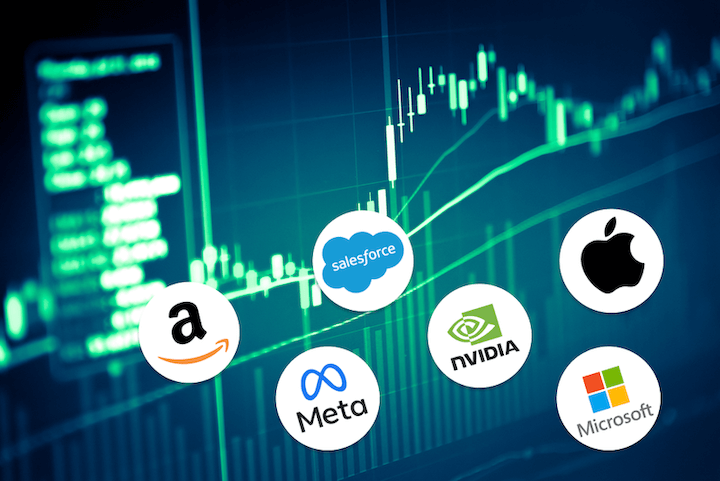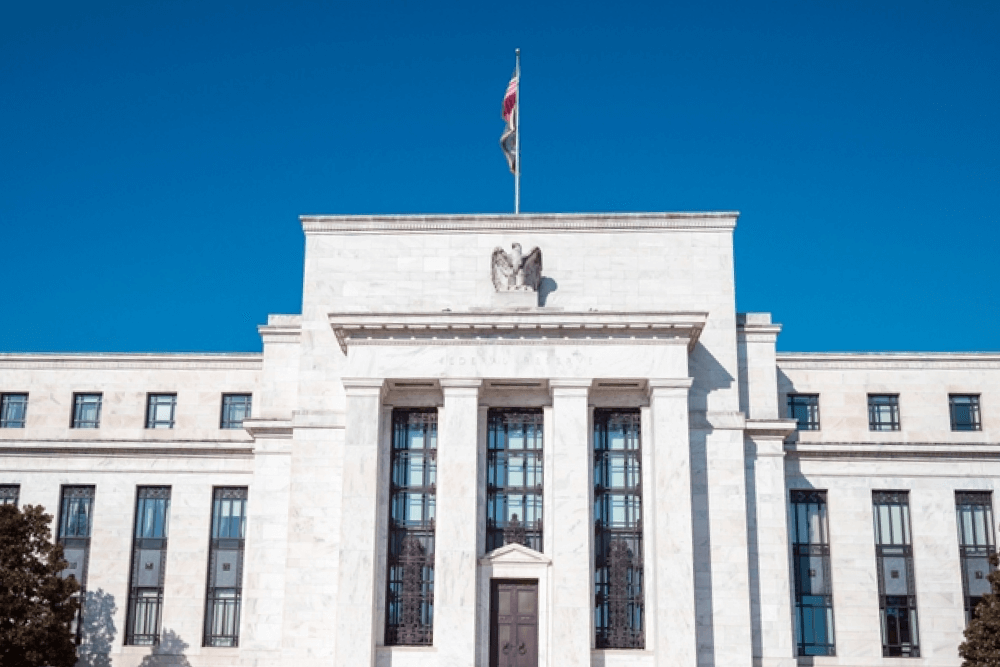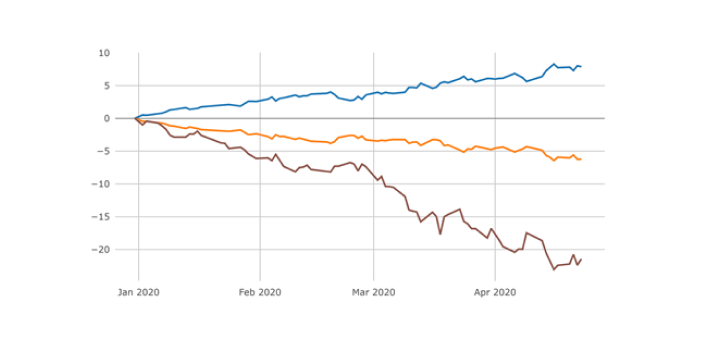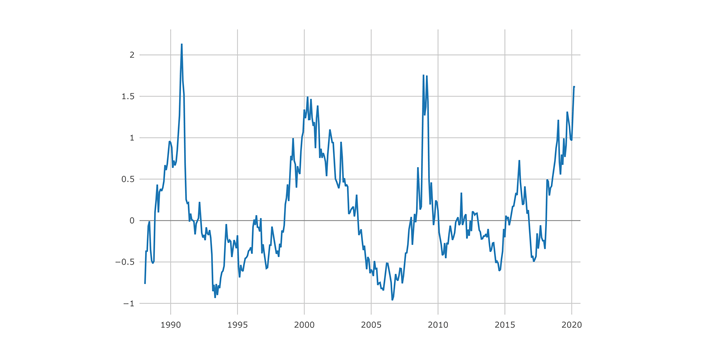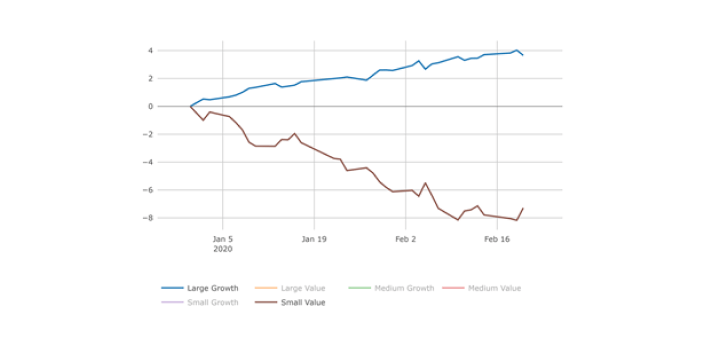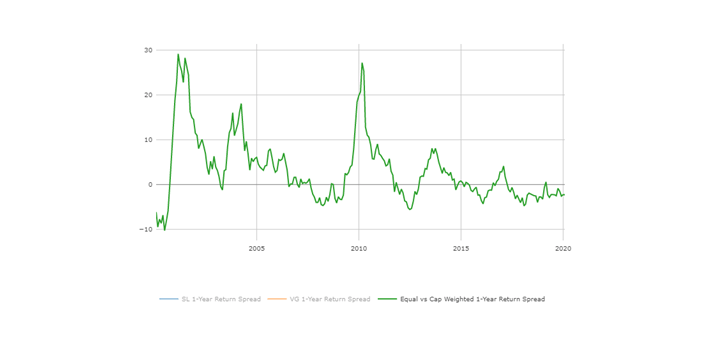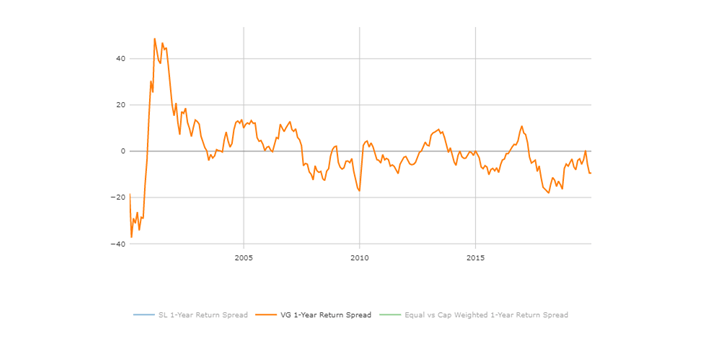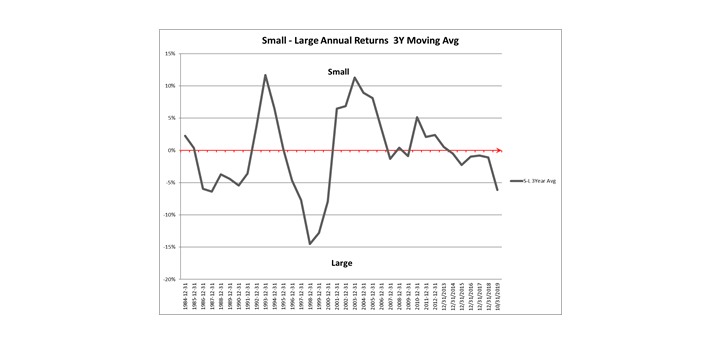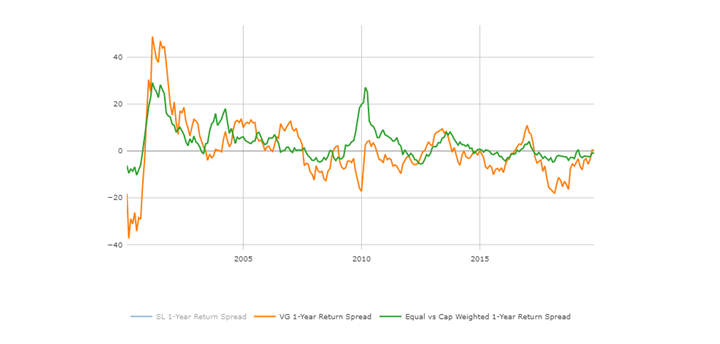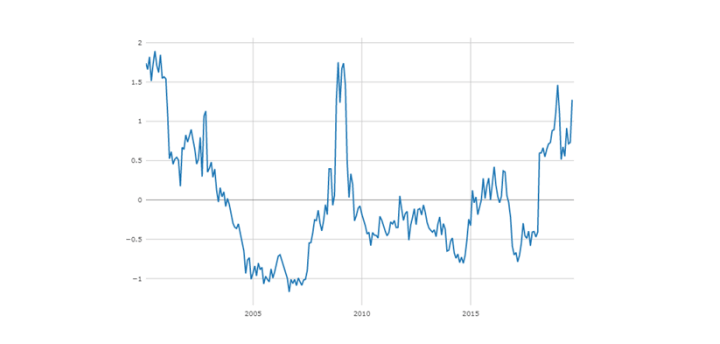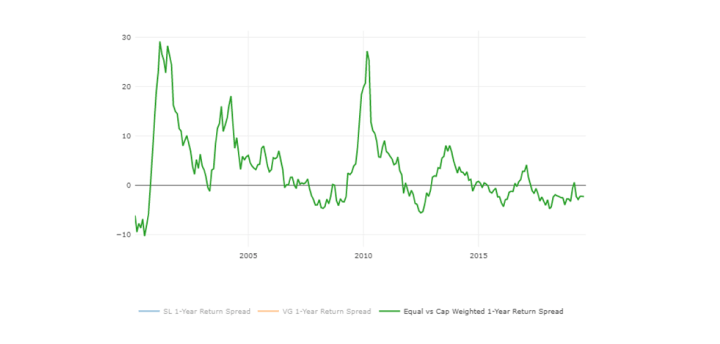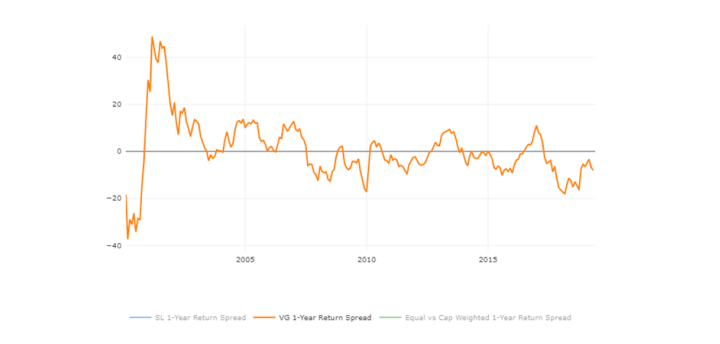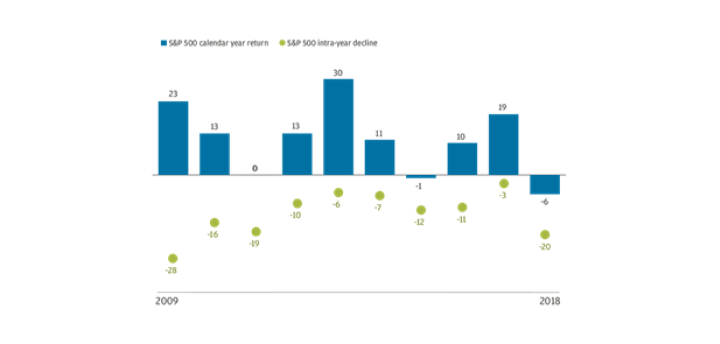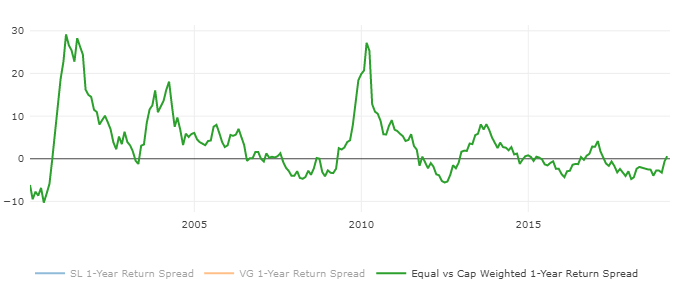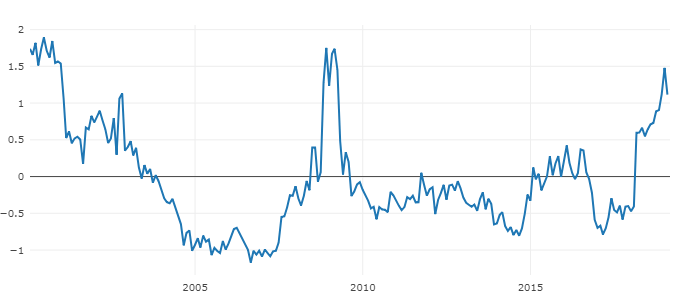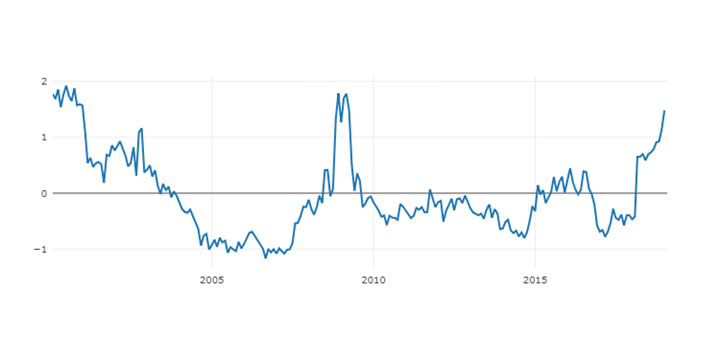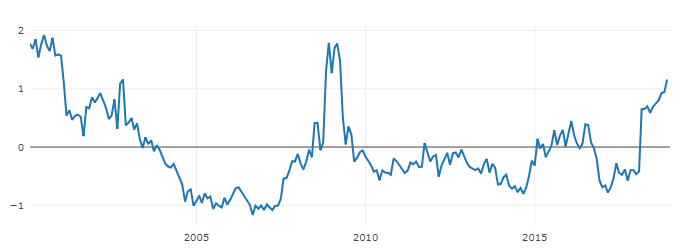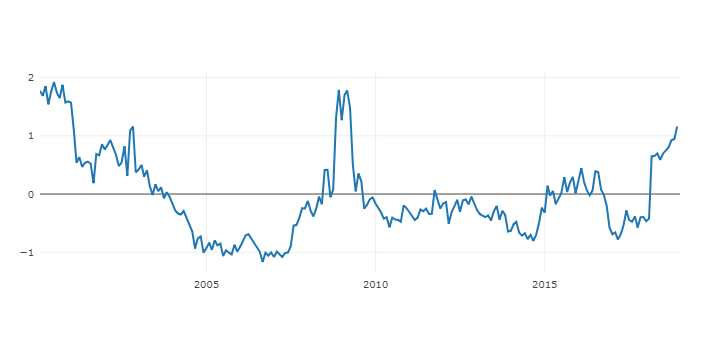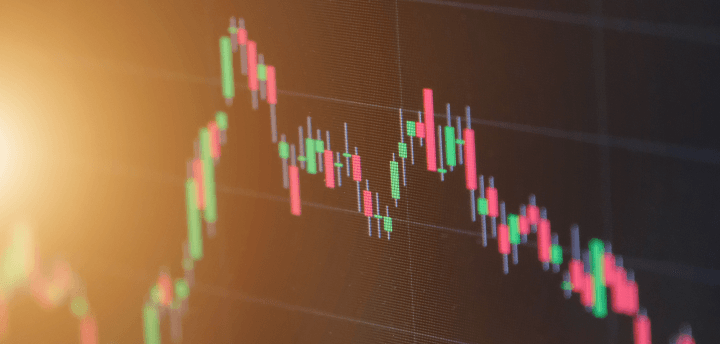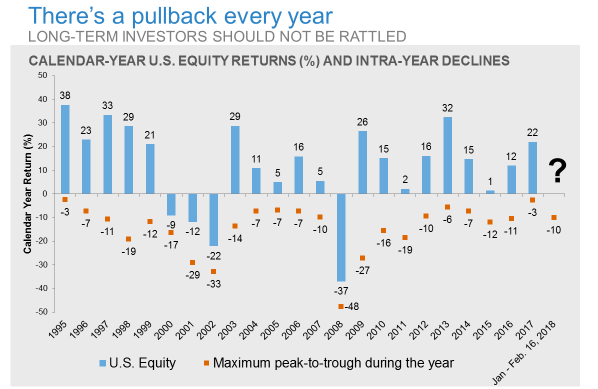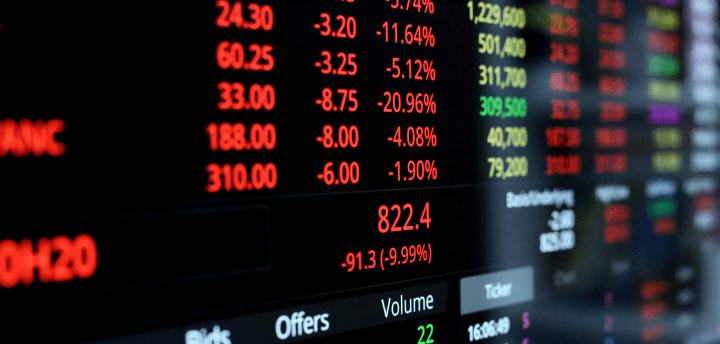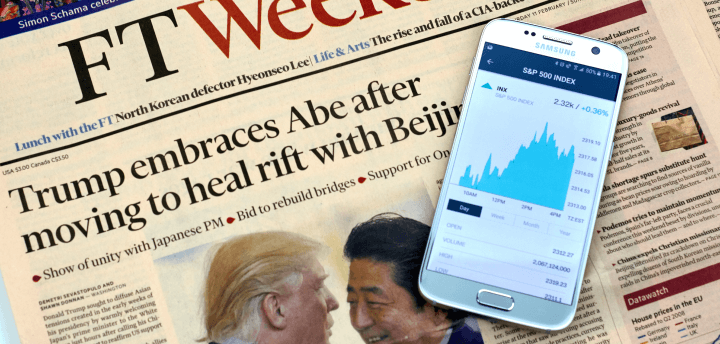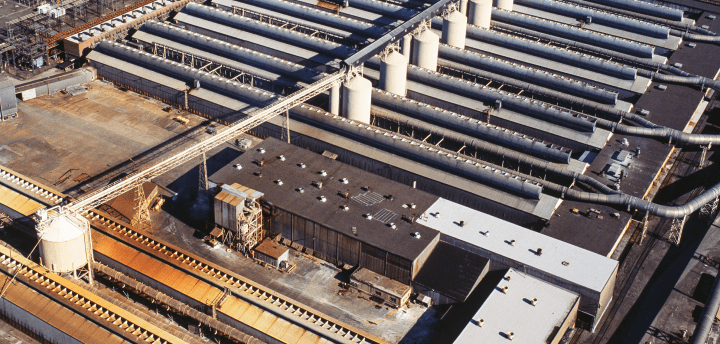Market Overview
Economic growth looks healthy and the world economy appears to be coming out of a soft patch. Overall, we have a positive view towards financial markets. We continue to find investment opportunities in solid businesses that our analysis indicates are mispriced and have an excellent chance of being worth significantly more in 3 to 5 years. Stay positive and keep long-term prospective!
US Economics
The US economy sits pretty at the moment. Job growth, non-manufacturing activity, and housing starts are humming along, while business confidence remains high. There are still some soft patches in retail sales, exports, and slowing manufacturing output. Trade disputes also make some businesses pause with capital expenditures. Potential late-year deceleration should be incremental. Despite the negative impact from Hurricane Florence, the consensus is that the economy is strong enough to avoid much easing in business activity. Following the stellar second quarter, in which GDP jumped 4.2%, growth could still average 3.5%, or more, in the current period.
Global Economy
Although growth in both developed and emerging markets softened going into 2018, the subsequent stabilization in the developed world stands in contrast to continued weakening elsewhere and in China in particular. The US and China exchanged a new set of tariffs recently and we may witness a deeper and more prolonged conflict. Although China is likely to deliver policy support, Chinese economic growth might slow down. According to Goldman Sachs a 1 percentage point (pp) slowdown in China reduces US GDP by 0.1-0.2pp after one year, in line with the developed world-wide average, and ex-China emerging markets GDP by 0.4pp. From an economic standpoint, we believe the standoff between the US and China would not dramatically impact economies.
Multi-factor Strategy vs. Single Factored Market
However, tariffs might impact corporate profits on a larger scale. Since late March, markets have largely rewarded companies with fast revenue growth and disregarded the price tag. It seems that as long as a company grows its revenue better than peers, investors don’t care if it was overvalued, less profitable or produced any free cash flow. We don’t believe this will continue forever.
We believe some stocks are mispriced. Furthermore, the divergence of performance between high top-line growers and companies with good all-encompassing fundamentals is stunning. It has manifested itself not only between Growth and Value camps as well. If you take out top line growers from the Large Cap Growth universe (Russell 1000 Growth), the index is almost flat YTD. Valuations have been thrown away with a thump. In our August 2018 newsletter, we drew parallels between the technology boom and bust in 1998-2001 and the current environment. A similar situation happened in 1960’s when 50 top revenue growers dominated the market and then lost their edge over the following 40 years.
We believe valuation, sustainable free cash flow, profitability, systemic behavior and other factors do matter in the long-run. At Signet, we shield our strategies from short-term noise and seek to capitalize on long-term themes. We understand the importance of paying less for future growth. We care about investing in securities which don’t behave erratically (low idiosyncratic risk).
As Jim O’Shaughnessy put it in his piece “Short-term Luck Versus Long-term Skill”: “In the stock market, short term trends are mostly random and heavily influenced by luck. To succeed, you must ignore them and invest in strategies that have the highest probability (base rate) of succeeding in the future. Over short periods of time, a good investment strategy can lead to poor results just as a poor investment strategy can lead to good results. Do your homework; understand how a strategy performs over long periods of time and stick with it. If you can do just this one thing, you will be ahead of the vast majority of investors over the long-term.”












